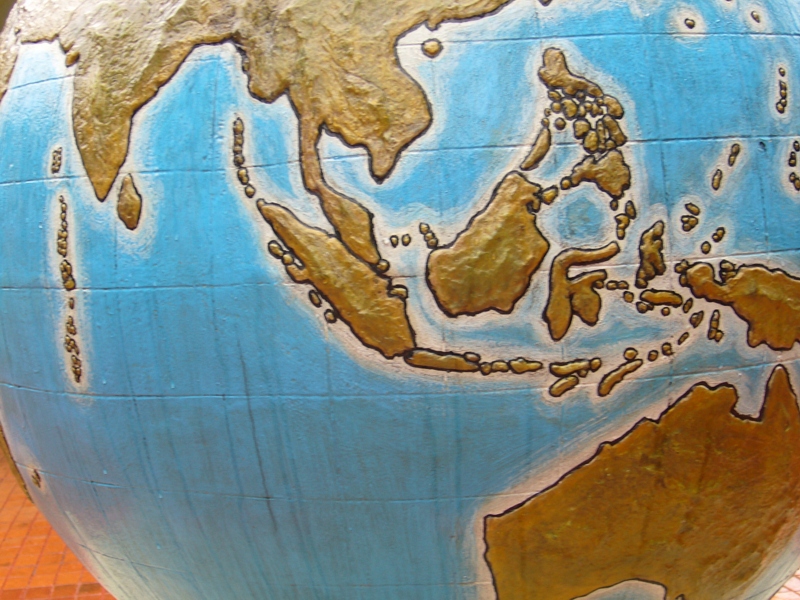New Scientist
Image: m_kihr
More than 2000 people died when an earthquake in Indonesia triggered a tsunami last year. We now have a better idea of why the event was so devastating — Earth’s crust ruptured so quickly that it effectively broke the sound barrier for earthquakes and generated a seismic boom.
An earthquake occurs when stress built up in Earth’s crust literally reaches breaking point, which causes the rock to rupture producing a fault in the crust. The crack begins close to the earthquake’s epicentre and then spreads for potentially hundreds of kilometres, like a tear spreading through a sheet of paper as the two halves are pulled apart.
As the rock ruptures, it sends out shock waves – called shear waves – that radiate out through the crust at around 3.5 kilometres per second. It’s these shock waves that shake the ground and cause the damage and destruction.
But during the Palu earthquake that struck Sulawesi on 28 September 2018, those shock waves seem to have been made even more intense. Two independent teams of geologists have analysed geological data from the quake and think they know why. Read more on newscientist.com…








